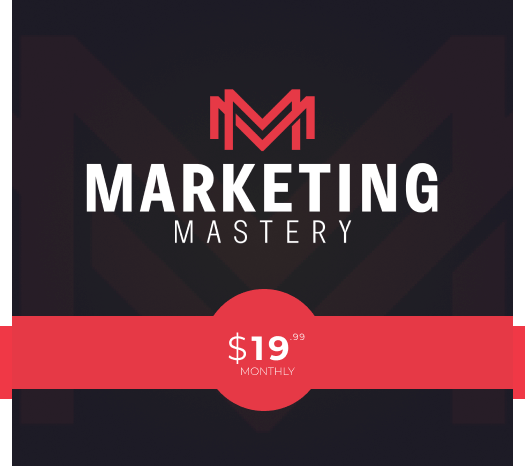The stories you use in your marketing can prompt potential customers to invite you in, without even realizing that you come bearing a sales message.
When you choose the story, you control the narrative-influencing how potential customers think of your brand.
If you want to drive action, build the story potential customers will tell themselves about your products.
Stories that are personal and emotionally compelling engage more of the brain, and thus are better remembered, than simply stating a set of facts.
Stories stoke emotion. And emotion drives decisions.
Strong stories key into emotions in a deep and profound way; potential customers identify with them in a way they don't identify with raw data.
A fact wrapped in a story is 22-times more memorable.
Potential customers identify with whoever the story is about-and put ourselves in their shoes.
When done correctly, stories hit the human brain with an incredible impact, most of which is felt on a subconscious level. It also activates the pleasure centers of the brain-which makes you want to hear more.
Well designed stories are the most effective vehicle for exerting influence.
Rather than try to bombard your potential customer with all the pertinent information, or argue them into buying, you can draw them in and make them part of your tale. Storytelling is especially effective if you're dealing with difficult-to-convince potential customers. They rarely disagree with their own conclusions.
Consuming stories influences our beliefs, teaches us facts, alters our future behaviors, and changes our personalities.... Stories effortlessly bypass logical and conscious defenses, and shape our closely guarded core beliefs.
A story is the only way to activate parts in the brain so that a listener turns the story into their own idea and experience.
When one potential customer listens to another potential customer tell a story, their brains actually synchronize. The neurons in the listener's brain fire in the same way as the ones in the storyteller's brain.
Stories can literally put you and your customers on the same wavelength.
Stories have the ability to create empathy and emotional connections. As your customers get more involved in your story, they undergo a process called narrative transportation. They are transported into the
world of the story's characters, and they experience what those characters are feeling.
Telling a story can effectively sell your product, create the environment or get the reader well into your copy as you create an emotional bonding with your prospect.
When your potential customer reads your story, it engages their brain differently than if you were just feeding them facts and figures. When a potential customer gets involved in a story, more parts of their brain are engaged. If the story involves smell, the olfactory cortex will get activated. If it involves motion, their motor cortex will get activated. The end result is that the more parts of a person's brain that are activated, the better they will understand the information and the longer they will retain it.
Since emotions drive decisions, and marketers seek decisions, creating communications that prompt potential customers to experience emotion is very important. The stories you tell can make potential customers feel what you need them to in order to make a purchase.
Ways to create stories and use them in your marketing…
Often the best stories are told in the first person and sound like a personal message from the writer to the prospect. Other stories are told in the third person, but because they are in story form, they still sound quite personal and very compelling.
Start strong-make sure you grab the attention of your audience. Choose a subject that they will find interesting and compelling. Hint: it's not about what you're selling, it's about what the product you're selling can do for the potential customer who buys it.
Good stories are relatable and forge connections. Potential customers trust stories they can relate to.
Choose specific nouns and powerful verbs that help readers envision the action.
Write in an active versus passive voice.
Structure your story to follow the dramatic arc: exposition, rising action, climax, falling action, and resolution.
Storytelling can be a very effective approach for non-profits. The key is to resist the urge to talk about all the potential customers your organization helps, and instead tell the story of just one person.
This is the Identifiable Victim Effect. Potential customers are more likely to feel empathy, and as a result to help, when they hear about the plight of one potential customer versus that of a bigger, vaguer group of potential customers.
Use a story in order to broach a difficult or delicate topic.
Tell the story of how your company came to be. Birth of a product stories can also make excellent marketing content.
Product usage stories can be very powerful, whether they introduce a new product, feature different ways to use an existing product, or highlight customers telling a story about their use of a product.
Tell “customer as hero" stories, accounts of how your customer succeeded with the help of your product.
If you're in a competitive marketplace, tell your single differentiator story. Find the one story you can talk about that sets you apart.
Stories that define a company's standard of customer service can be very powerful and very effective.



Connect with Jesse Grillo online and on Social:












